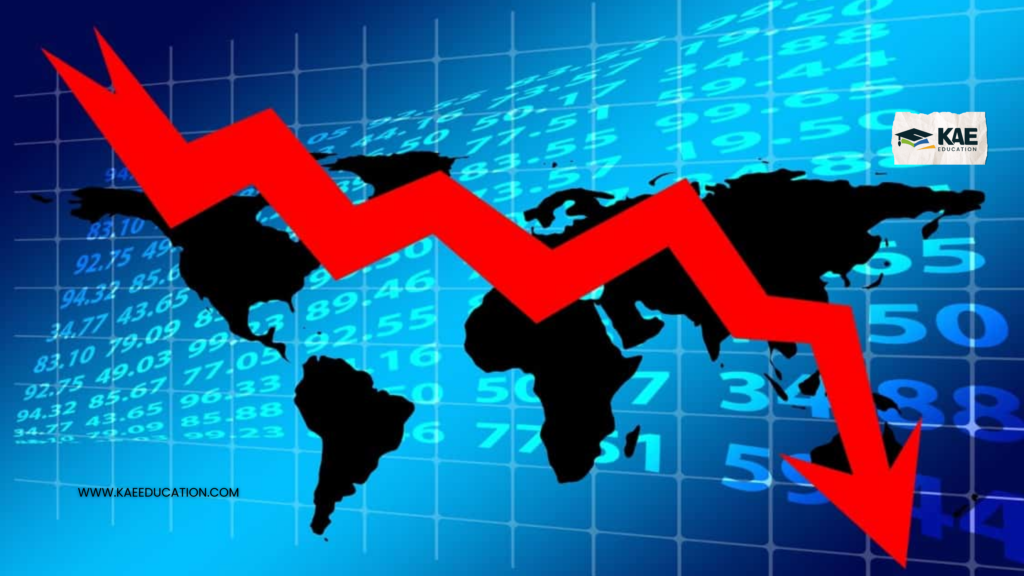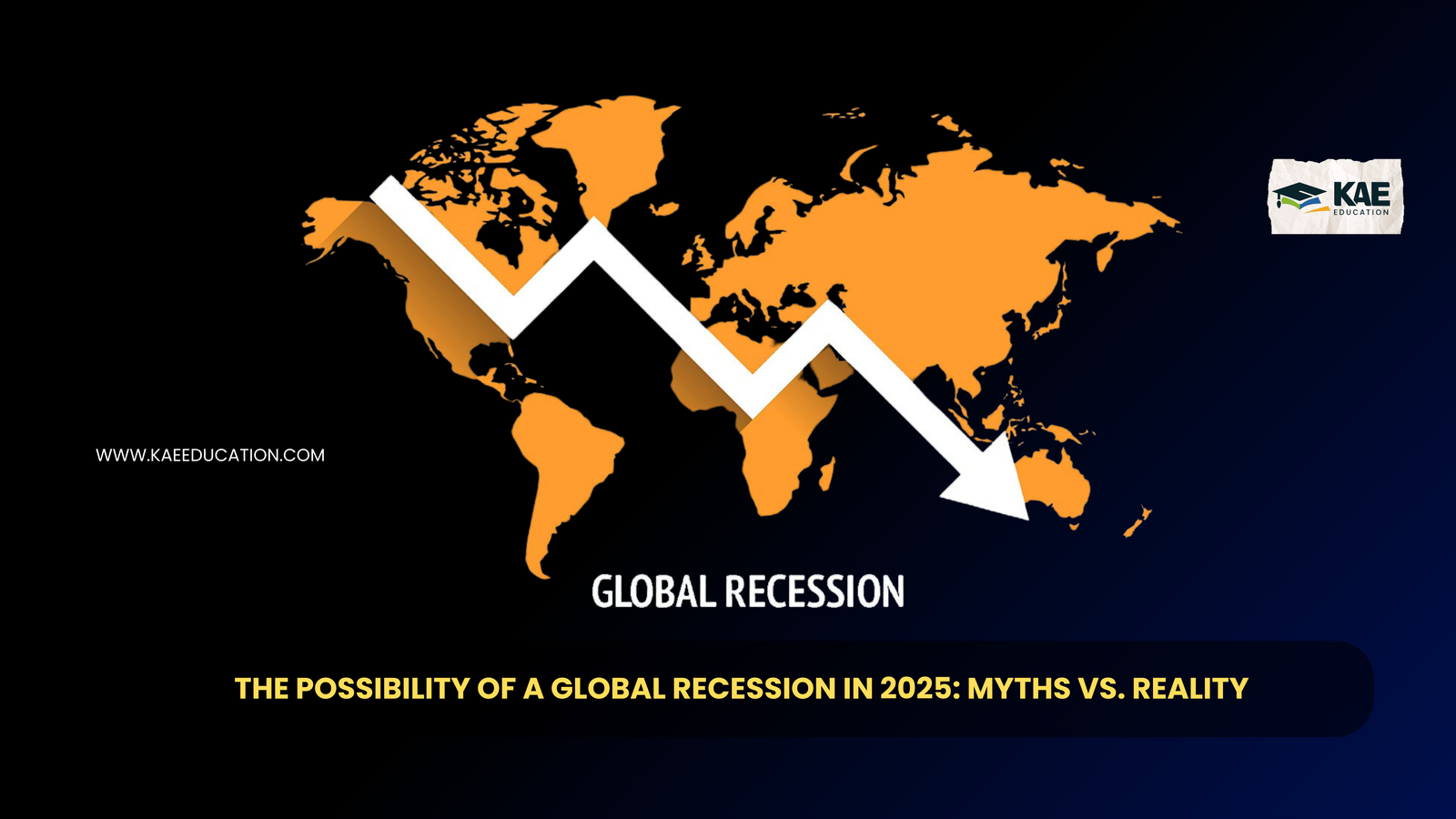The Possibility of a Global Recession in 2025: Myths vs. Reality
As we approach 2025, discussions surrounding the potential for a Global recession are intensifying. With economic indicators fluctuating and geopolitical tensions rising, many are left wondering whether we are on the brink of a downturn or if these fears are overstated. This article aims to dissect the myths and realities surrounding the possibility of a recession in 2025, focusing on key economic factors and future growth prospects.
Understanding Economic downturn
A Economic downturn
is typically defined as two consecutive quarters of negative GDP growth, signaling a significant decline in economic activity. However, it can also encompass broader factors such as employment rates, consumer spending, and Industrial production. The complexity of predicting recessions often leads to varied opinions among economists.
Current Economic Landscape
(1) Economic Indicators: Recent reports suggest that while some economies show signs of strain, others remain resilient. For instance:
(i) The U.S. economy has demonstrated strong growth, with GDP increasing by 3.1% in the last quarter of 2024.
(ii) Conversely, Germany faces challenges due to high energy prices and geopolitical tensions, contributing to fears of stagnation.
(2) Inflation and Interest Rates: Persistently high inflation and rising interest rates are critical factors influencing the economic outlook for 2025. As central banks attempt to control inflation, interest rates may remain elevated longer than anticipated, potentially stifling economic growth.
(3) Geopolitical Risks: Tensions between major economies, particularly involving trade policies between the U.S., China, and Europe, could exacerbate economic instability. Analysts warn that a potential trade war could lead to significant repercussions globally.

Myths vs. Reality
Myth: A recession is imminent due to high inflation and interest rates.
Reality: While inflation remains a concern, forecasts indicate that global growth will continue at approximately 3.3% in 2025. A global recession in the first half of 2025 is also just 15% likely, according to experts like those at JP Morgan.
Myth: All major economies are on the verge of collapse.
Reality: While countries like the UK and Germany face challenges, emerging markets such as India are expected to maintain robust growth rates near 7%1. This divergence suggests that not all economies will experience downturns simultaneously.
Future Demand and Growth in 2025
Despite concerns about a potential recession, several factors indicate ongoing demand and growth:
(1) Technological Advancements: The rise of AI and other technologies could drive productivity and economic expansion.
(2) Consumer Resilience: Strong consumer spending trends in certain regions may help sustain economic momentum.
(3) Global Trade Dynamics: Adjustments in trade agreements could open new markets and opportunities for growth.
Conclusion
The discourse surrounding a potential Global recession in 2025 is rife with uncertainty. While there are valid concerns regarding inflation and geopolitical tensions, the overall economic landscape remains complex and multifaceted. By understanding the myths versus reality surrounding this topic, stakeholders can better navigate the challenges ahead while remaining optimistic about future growth opportunities.
FAQs
What defines a recession?
A recession is characterized by two consecutive quarters of negative GDP growth.
Is a Economic downturn expected in 2025?
Current estimates suggest only a low probability (15%) of a global recession occurring in early 2025.
What factors contribute to the risk of recession?
Key factors include high inflation, rising interest rates, and geopolitical tensions.
How does consumer spending affect recession predictions?
Strong consumer spending can bolster economic growth and mitigate recession risks.
Which economies are most at risk for recession?
Economies like Germany and the UK show signs of strain but vary significantly based on local conditions.
What role does technology play in future economic growth?
Innovations such as AI can enhance productivity and create new markets.
How can policymakers respond to potential recession risks?
Policymakers can adjust interest rates and implement fiscal measures to stimulate growth.

